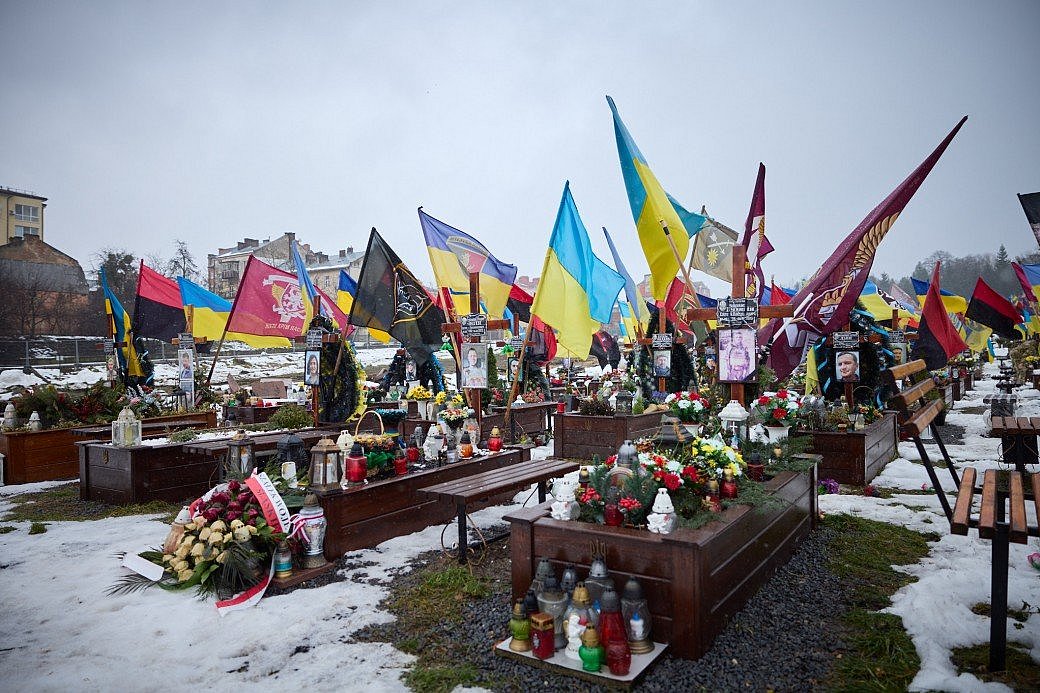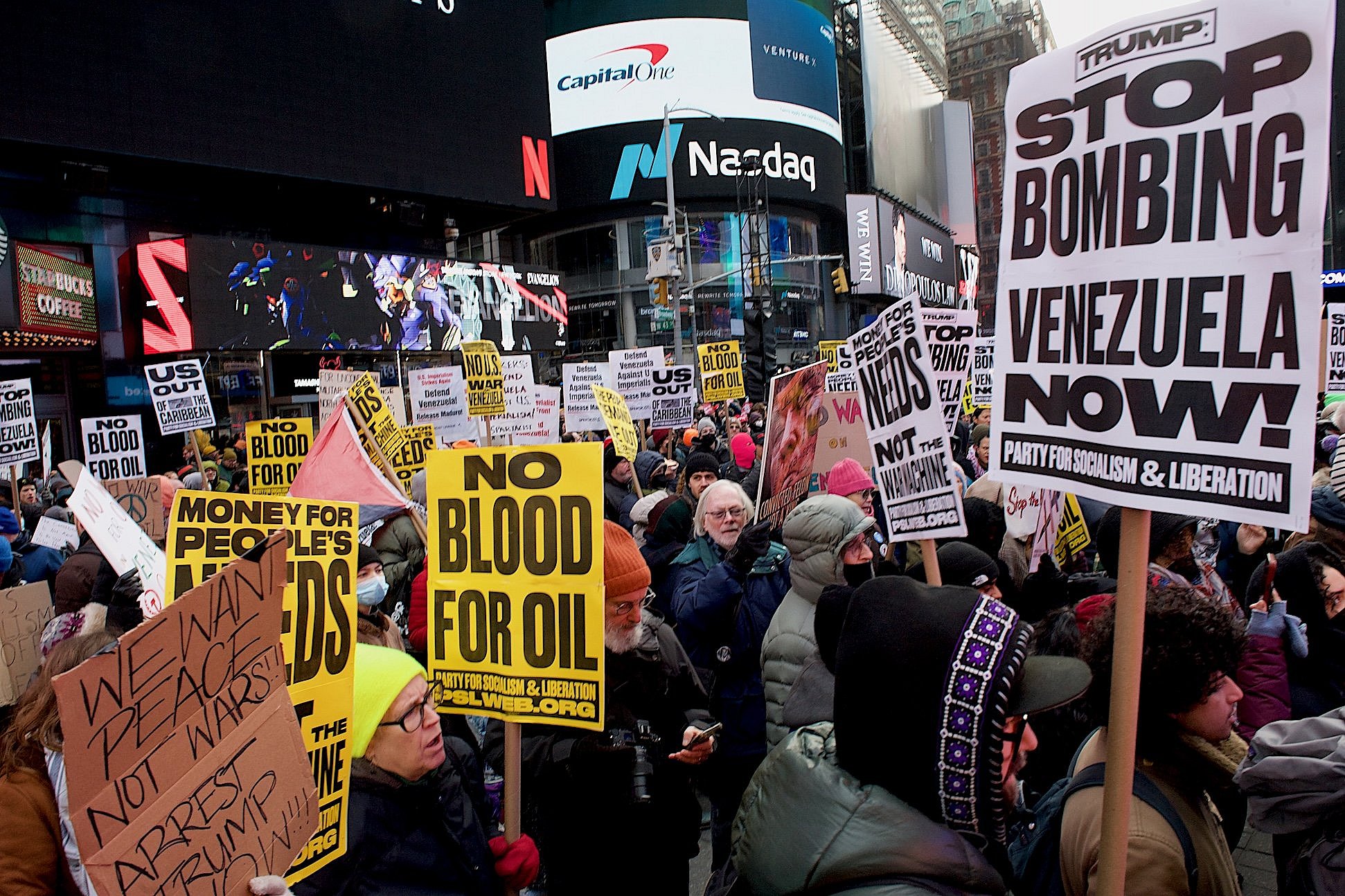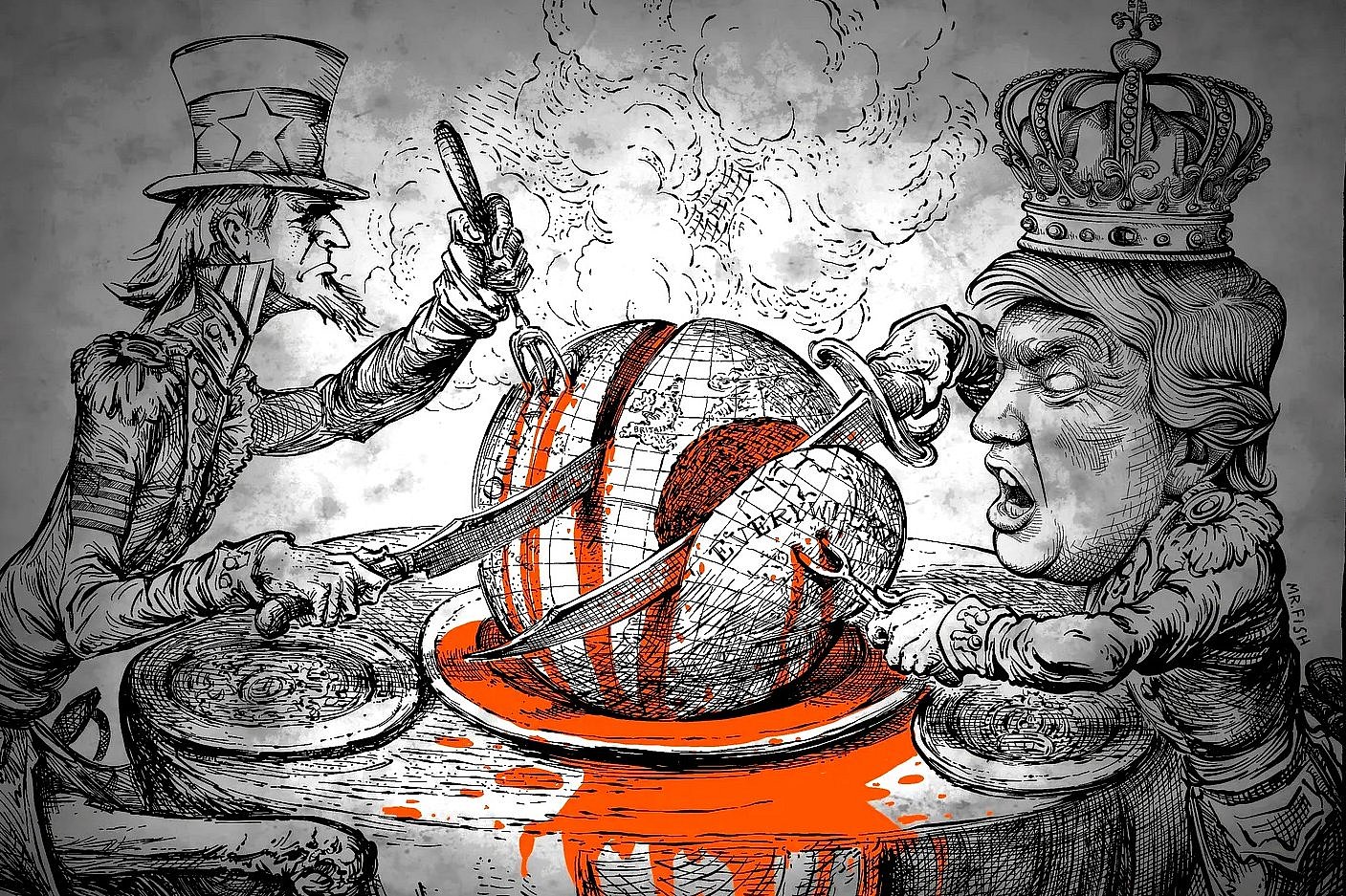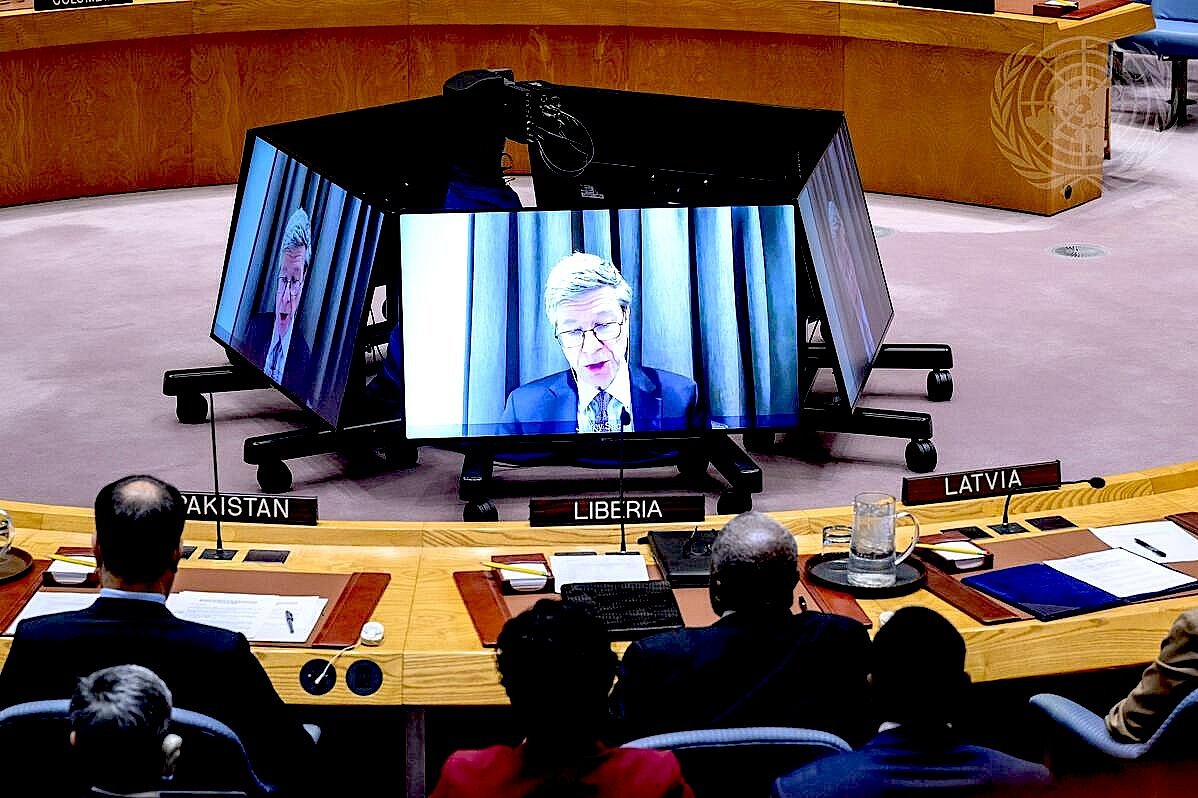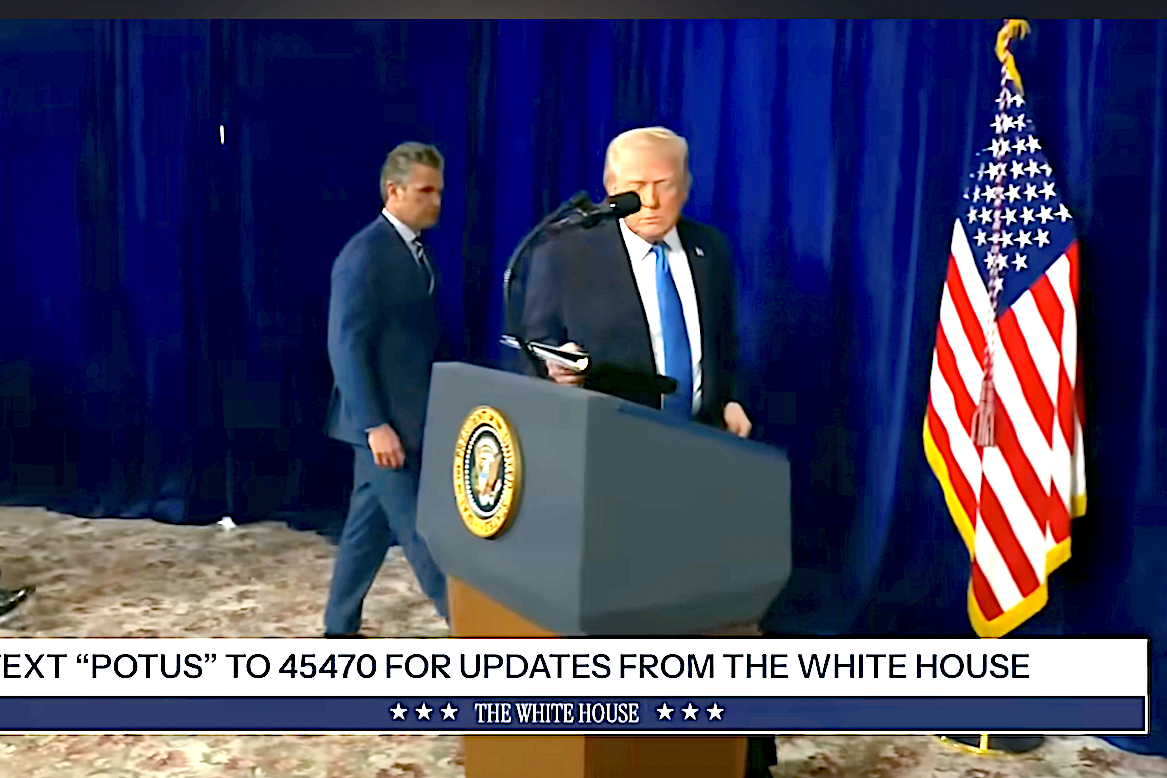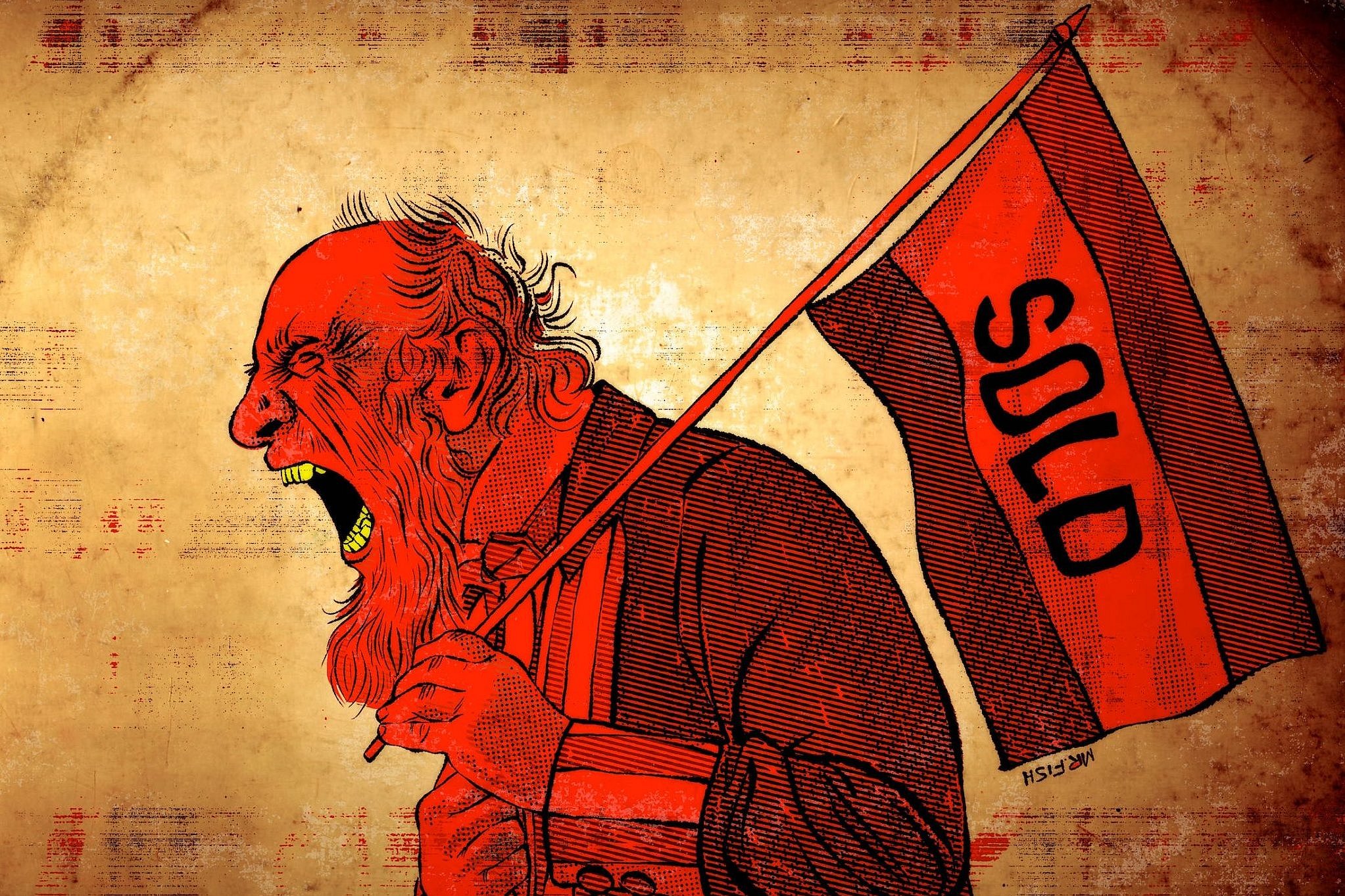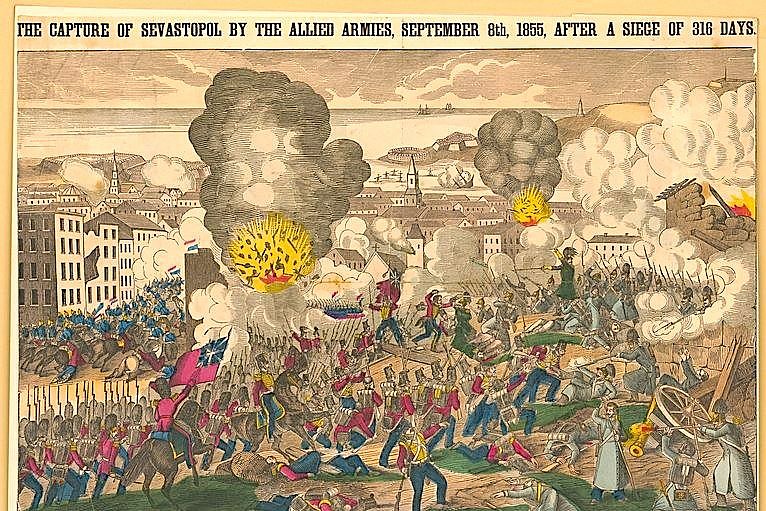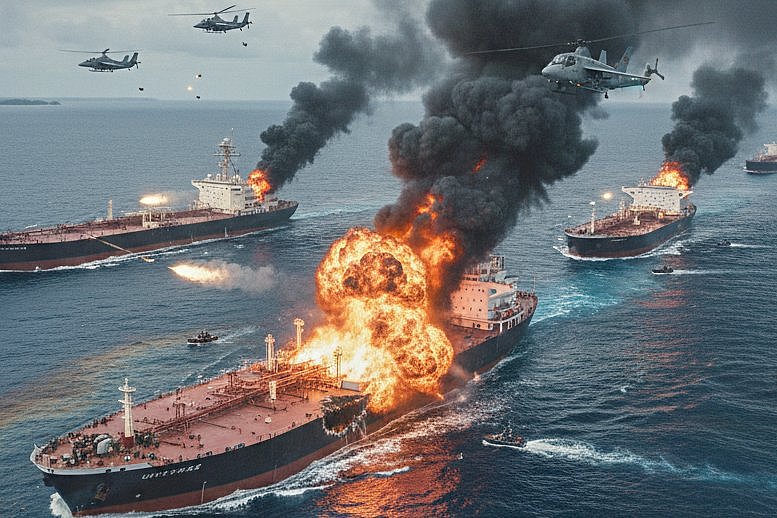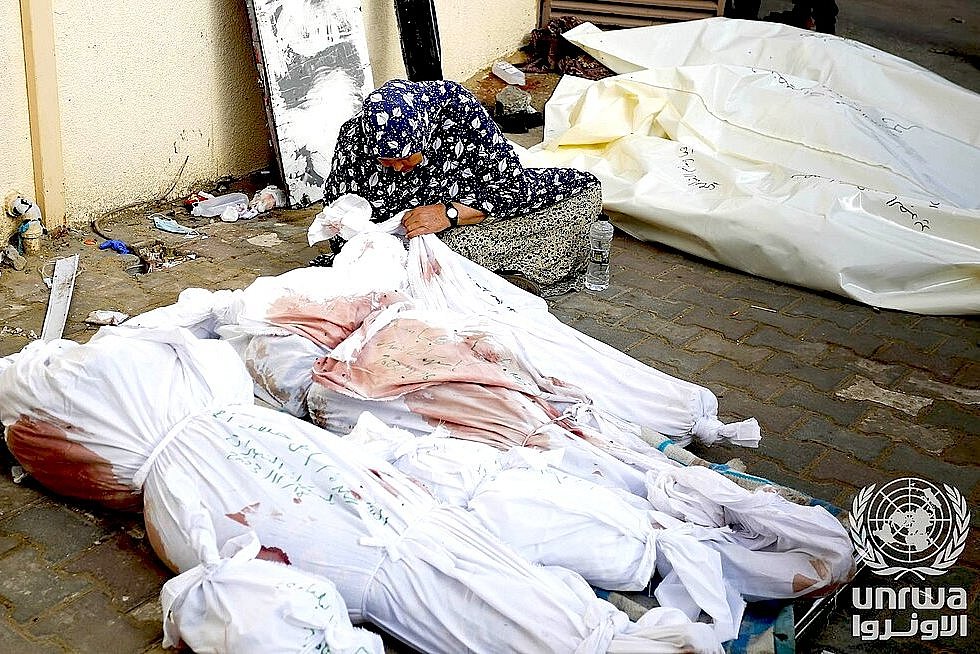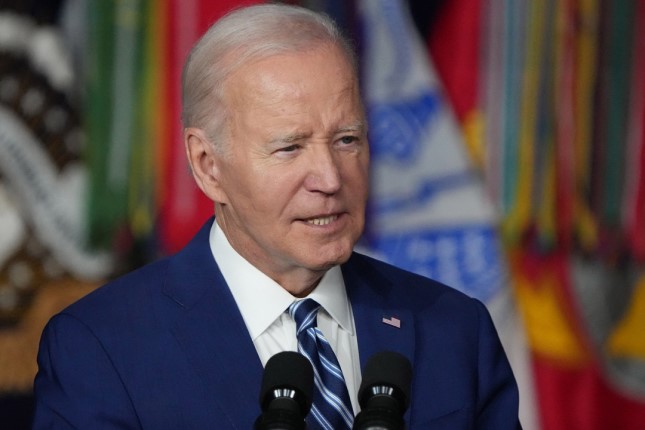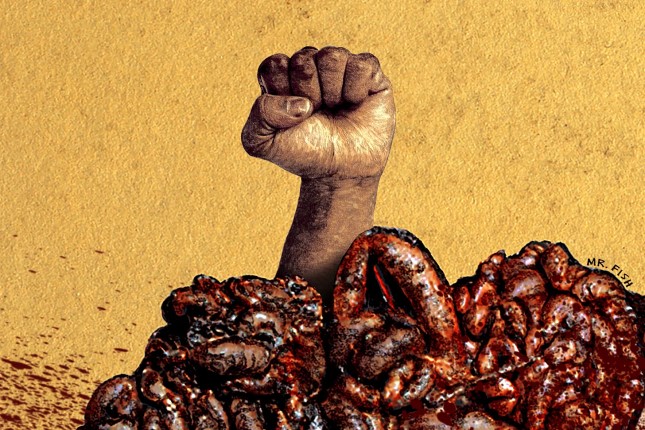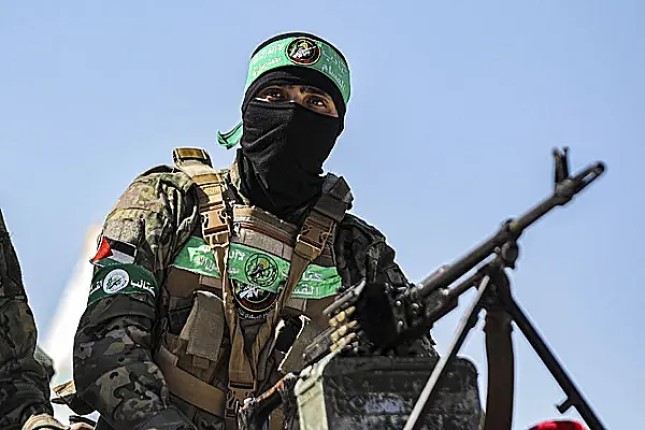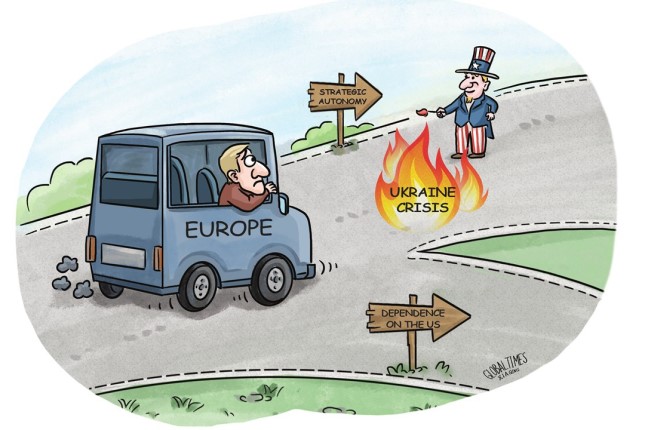Many outlets continue to insist that Ukraine can win. Recently, some of America’s flagship outlets have begun to fine tune their reporting. The New York Times has expressed concern about a “precarious time for Ukraine,” while The Washington Post has warned that “Ukraine can still lose.”
But the new reports continue to qualify the Russian gains by pointing out that their faster territorial gains are still very small, and their loss of lives is still very large. They also point out that Ukrainian losses are much smaller than Russian losses.
Their mission seems to be more about providing their readers with motivation for continuing the war than honest reporting that keeps their readers informed about the war. By downplaying Ukrainian losses in land and lives, Western governments and media sustain the hope that fuels public support for their governments to continue supplying Ukraine with weapons. The undesired alternative is to realize that the Ukrainian armed forces is being strained to its limit and Ukraine is paying an unimaginable price in loss of lives and to push Kiev to the negotiating table where they will be forced to sign an agreement that is not in their favor and is no better than the one they could have had in Istanbul in the first weeks of the war.
The Western media continues to measure progress in the war for their readers by counting the miles of land lost, which may be appropriate in some kinds of wars, but is not, as they know, in a war of attrition like this one. Wars of attrition are won, not by the land the enemy loses, but by the weapons and troops the enemy loses. Russia will win this war, not when they have conquered all of Ukrainian territory, but when they have exhausted and attrited the Ukrainian armed forces. Ukraine will lose this war, not when they have lost their land, but when they have lost their army and their ability to fight.
The metric the media should be using now, then, is not how many miles of land Russia has conquered. The questions are, how close is the Ukrainian armed forces to collapsing, and, more poignantly, how many Ukrainian lives have really been lost.
CNN continues to refer to Russia’s “meat grinder” assaults, totally ignoring Russia’s adaptations and changes in battlefield strategy. They continue to refer to Russia’s “slow rate of advance” and to point out that it has led to the seizure of “only 1% of Ukrainian territory since January 2024,” an amount they call “paltry.”
The New York Times first reports that “Russia’s summer offensive in Ukraine is gaining ground” and that “Russia gained more than 214 square miles of Ukrainian territory in June, up from 173 square miles in May.” But, like CNN, it then feels obliged to report that, put “in contexts, Russia is capturing less than 0.1 percent of Ukraine’s vast territory each month.” The Times then misleadingly editorializes that “At that pace, it would take Moscow several years to occupy all of the four Ukrainian regions it declared annexed in 2022.” That may be true if the Russian armed forces had to conquer the entirety of the four regions to occupy them. But it is not true if the Russian pressure causes the Ukrainian armed forces to collapse, leading to defeat and the occupation of those regions.
The Times misleads its readers with its calculus. As the same article concedes, Russia’s forces are attacking “on multiple fronts,” and “Russia’s aims are not simply territorial. Analysts say it wants to methodically destroy the Ukrainian military.” Russia’s attacks on multiple fronts have stretched the depleted Ukrainian armed forces thin. Russia has surrounded key logistical hubs, potentially cutting off the Ukrainian armed forces in the east from their supply lines and restricting their ability to move. It won’t take Russia several years to acquire the territory it intends to take if the Ukrainian armed forces collapse: a possibility that the depleted and exhausted forces may now be facing.
The deception is even more tragic over the number of Ukrainians killed or injured badly enough that they cannot return to the battlefield. Reporting exaggeratedly low numbers encourages the weapons to keep flowing in and the war to go on. But the numbers may be much larger than we are being told.
The Western media continues to publish ridiculously low numbers of Ukrainian deaths and injuries for the three-and-a-half-year war. In February 2024, Ukrainian President Volodymyr Zelensky said 31,000 Ukrainian soldiers had died. A year later, he said that over 46,000 Ukrainian soldiers had been killed. That update would mean that only 15,000 soldiers were killed in the last year. Zelensky puts the number of injured at 380,000. He concedes that his figures do not include the “tens of thousands” that are missing in action or in captivity in Russia.
Reasonable expert analyses suggest that the true number of Ukrainian soldiers killed may be as much as sixteen times higher. One such recent analysis estimates that as many as three-quarters of a million Ukrainian soldiers have been killed and that another three-quarters of a million have been wounded severely enough that they will not return to the battlefield. At this rate of attrition, combined with Russian pressure and advances, the analysis suggests that the Ukrainian armed forces could collapse in the next half a year to a year. Russia’s generals believe it could happen in as little as six weeks.
A disturbing report in Le Monde uses a novel metric to support the more extreme calculation. Citing Zelensky’s 46,000 estimate, the article says that “The real death toll is likely much higher.” To support their claim, Le Monde reports that “[b]urial space is running out across Ukraine” and that “[s]ections reserved for soldiers are at capacity.” Construction of “enormous” new cemeteries is underway in Kiev and Lviv. “Perhaps the construction projects rising across Ukraine say more about the scale of the slaughter,” the article states, “than statistics ever could.”
Misleading the public about the significance of Russian advances on the battlefield and about Ukrainian deaths on the battlefield may help Zelensky and his European partners to continue the war. But it will not stop Ukraine from losing, and it will not stop Ukrainians from dying.
Source: AntiWar.com.
